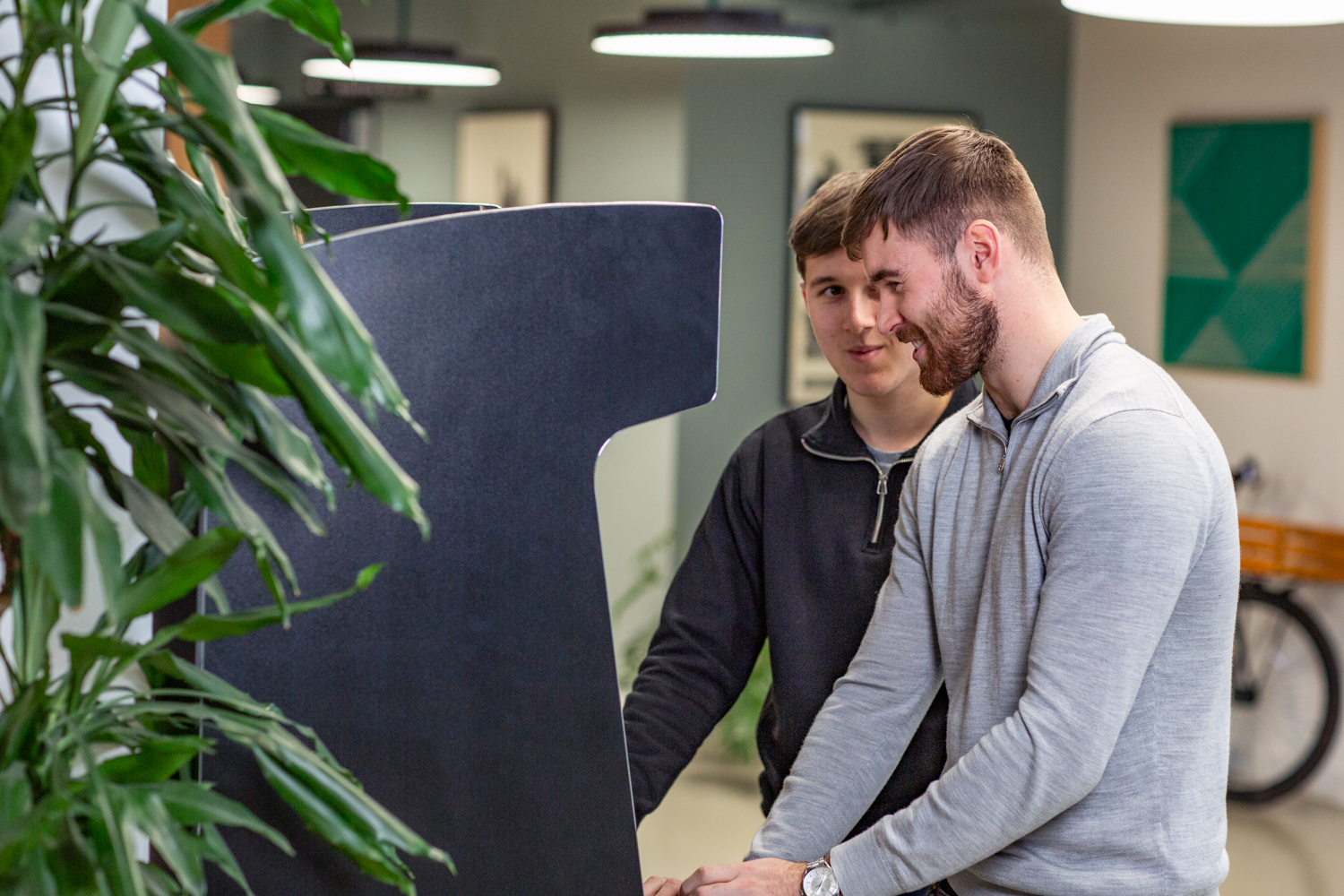
23 Jul 2024
Scam WhatsApp Recruitment Messages

18 Dec 2023
2023 Wrapped: Our Year in Recruitment

15 Sep 2023
Why Can't The UK Build A Tech Giant?

22 Dec 2022
New Year, New Job?

25 Nov 2022
Understanding the Metaverse: A Guide for Businesses

21 Oct 2022
A Brief of History of AWS

25 Sep 2022
Why Consider a Career in Python?

22 Aug 2022
What is a Support System at Work?

28 Jul 2022
What is a Career in Recruitment Like?

26 Jun 2022
Top 5 CV Mistakes To Avoid

28 Feb 2022
The Impact of Tech on the Olympics

18 Jan 2022
3 Top Tips for Hiring in 2022

14 Dec 2021
Should You Accept a Counteroffer?

24 Oct 2021
Can the Government Fund a Tech Transport Transformation?

23 Sep 2021
Introducing the CPS Recruitment Academy








